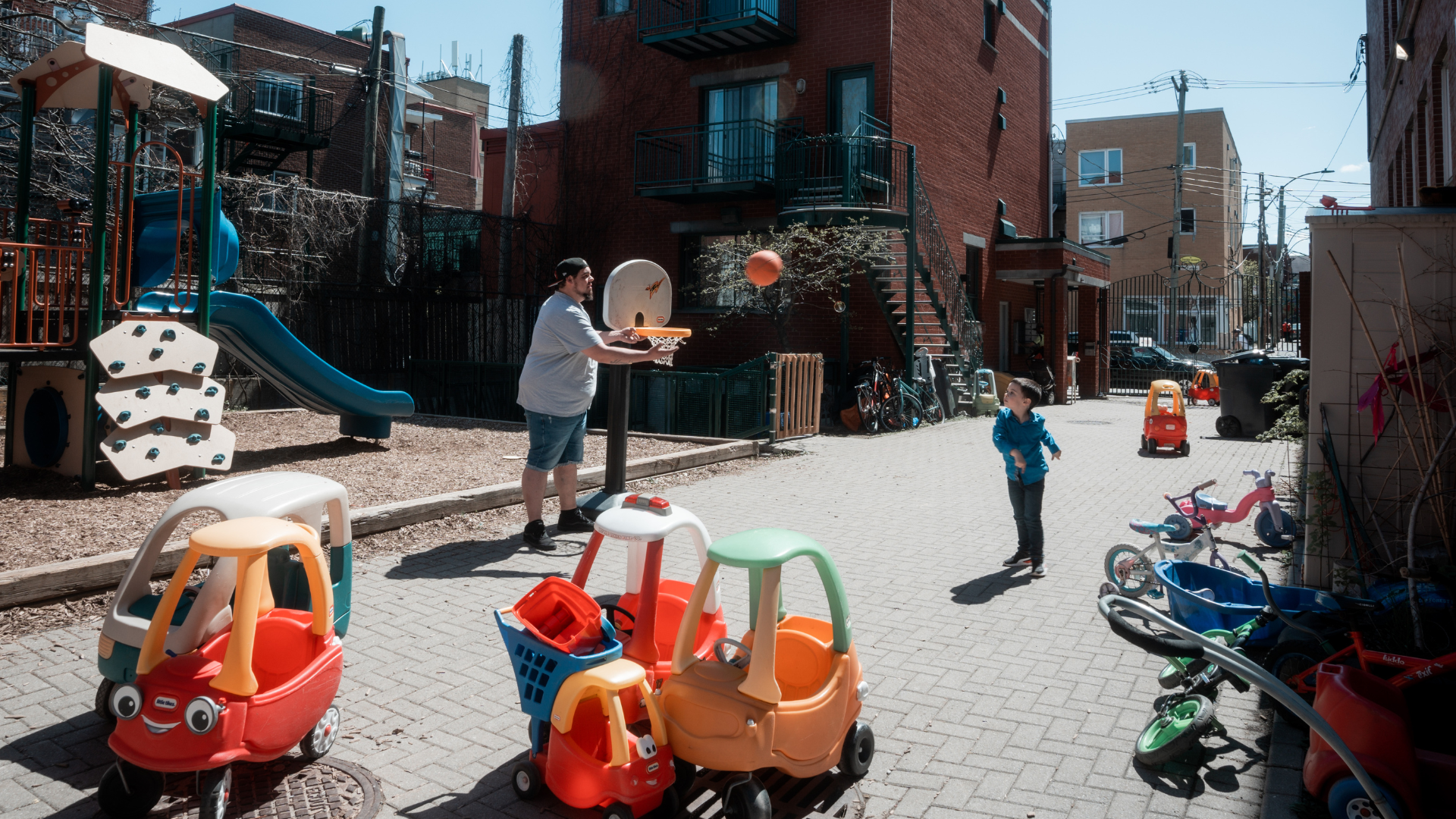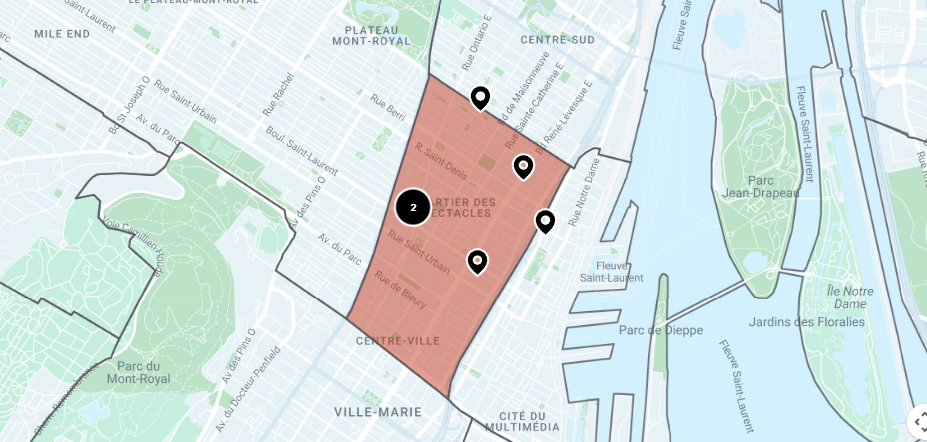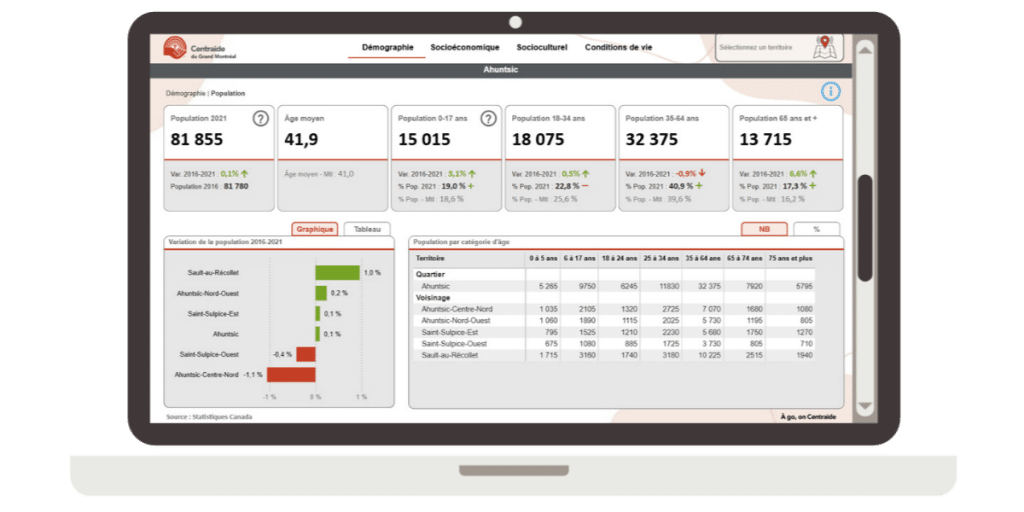
Ville-Émard-Côte-Saint-Paul
Snapshot of
Ville-Émard-Côte-Saint-Paul

Discover key facts
👩👧 Single-parent families – slightly more common in Côte-Saint-Paul
35% of the neighbourhood’s families are single-parent, compared with 31% in Montreal, representing 1,360 families. There are more of them living in Côte Saint-Paul (755 families), which also has a slightly higher rate of single-parent families (36%) than in Ville-Émard (34%).
👴 People living alone – slightly higher rates, especially among seniors
Ville-Émard–Côte-Saint-Paul has a rate of people living alone of 21%, slightly above the Montreal average (19%). This rate is a bit higher in the Ville-Émard sector (22%). In total, 6,295 people live alone in the neighbourhood, nearly 60% of them (3,620 people) in Côte-Saint-Paul. Among seniors, 40% live alone, slightly above the Montreal average (37%).
📍 Poverty – higher in the Ville-Émard sector
The neighbourhood has 3,705 low-income residents, distributed almost equally between Côte-Saint-Paul and Ville-Émard. Overall, the low-income rate is 13%, above the Montreal average (11%). Ville-Émard stands out with an even higher rate of 14%, while it is 12% in Côte-Saint-Paul. Ville-Émard–Côte-Saint-Paul has not experienced the same gentrification as other Southwest Montreal neighbourhoods: the proportion of high-income residents is much lower (9%).
✏️ Undereducation (without high school diploma) – more pronounced in Ville-Émard
Among adults aged 25 to 64, 12% — approximately 2,090 people — do not have a high school diploma, compared with 9% in Montreal. The rate is slightly lower in Côte-Saint-Paul (11%) than in Ville-Émard (13%), but Ville-Émard has seen one of the largest decreases in undereducation on the island between 2016 and 2021 (-30%).
The high school graduation rate remains below the Montreal average: 74% versus 84% in 2023. Ville-Émard–Côte-Saint-Paul, like several Southwest Montreal neighbourhoods, faces significant challenges in this area.

Dashboard
Consult this dashboard to access a wide range of demographic, socio-cultural/economic, and living-condition data.



